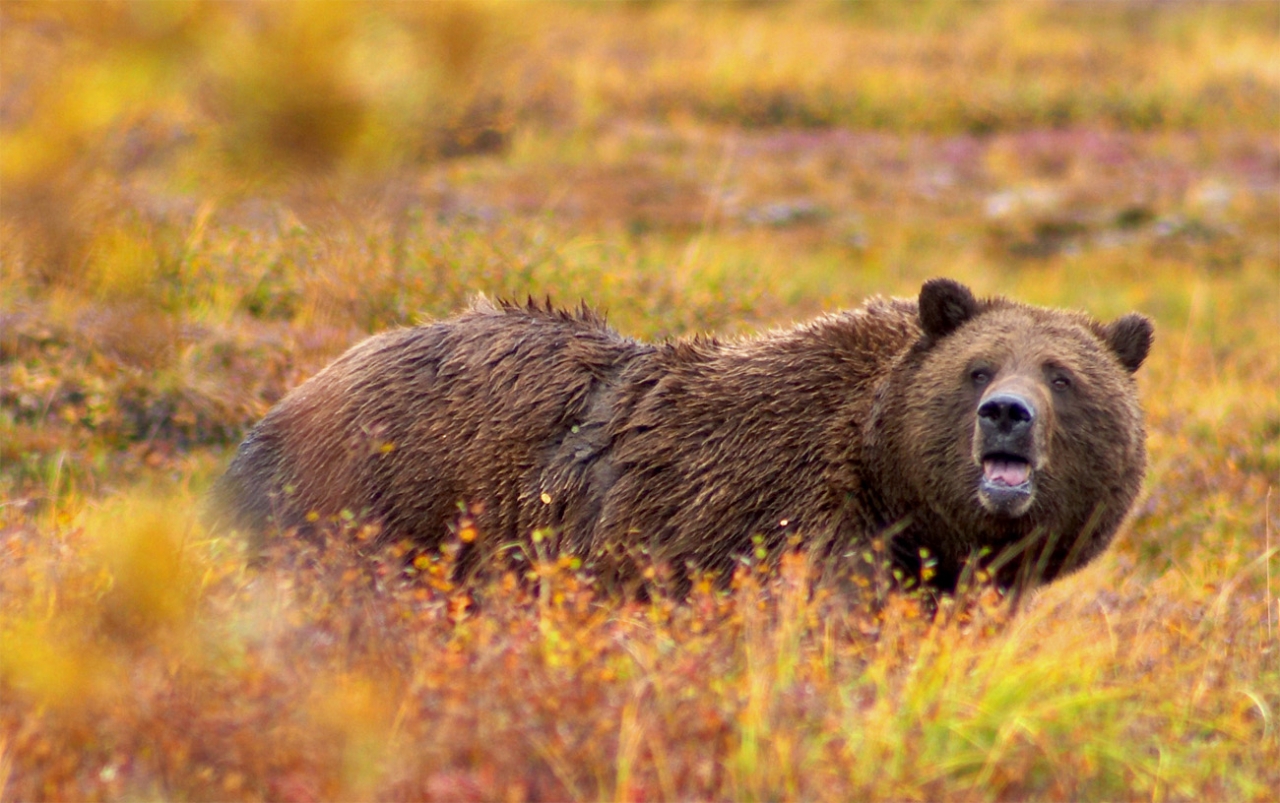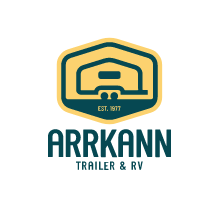Dangerous Animals in Canada
Published on Aug 20, 2015Everyone loves a good camping trip. It is a time to get away from everyday life and enjoy nature. Canada has some of the best camping and outdoors in the entire world. Everything from Pacific Rim National Park in British Columbia to Bruce Peninsula National Park in Ontario. However, as beautiful as these parks can be and how much fun you can have, it can be very dangerous. The smart and pragmatic camper is aware of the dangers that may lie around the corner. We created a list of most dangerous animals in Canada and what to do if you encounter one of these beasts.
Grizzly Bears
When it comes to listing off the most dangerous creatures in Canada, there is no question which animal is at the top of the food chain. The Grizzly Bear, or sometimes referred to as the brown bear or Kodiak bear. These beasts can weigh anywhere from 700 to 1,700 pounds. Most attacks occur when bears are surprised by humans, who unwittingly stumble upon them. Mothers defending their cubs are responsible for 70% of grizzly related human fatalities.

Preventative measures are your best bet. Steer clear of grizzly bears by keeping an eye out, if your presence causes a behavioral change in the bear such as it stops eating, or changes its direction, then you are too close. Also make sure to have a clean camp and store food in plastic bags in your trunk or food lockers. Another option is to hang your food high up in a tree where it can’t be reached by a bear.
What do you do if a bear stumbles upon you in a worst case scenario? First, no sudden movements! If you turn and run, they will chase you, and they will outrun you. Some grizzly bears have been reported to run up to 56 km/hr. Second, stay calm. I know it sounds almost impossible, but stand your ground, talk to the bear, don’t scream or shout. Bears sometimes try and call your bluff, and will charge then turn or stop right away. If you have bear mace, have it ready. Finally, Back away slowly – Keep your backpack on, it can act as protection if the bear attacks. Also, probably shouldn’t go back to that area any time soon. It’s the bears spot now, not yours.
Cougars
Nearly 40% of all cougar attacks in North America occur in British Columbia. Cougars will typically stalk their prey, and then rapidly charge and pounce. Children and crouching adults are particularly vulnerable to Cougar attacks, because of their small size.
 If you encounter a cougar, stand tall and don’t run. It is a cougar’s instinct to chase. If you have any children around pick them up. Never take your eyes off the animal or turn your back. Also, there is no since in crouching or trying to hide. If the animal displays aggressive behavior, shout, wave your arms and throw rocks. The idea is to convince the cougar that you are not prey, but a potential danger.
If you encounter a cougar, stand tall and don’t run. It is a cougar’s instinct to chase. If you have any children around pick them up. Never take your eyes off the animal or turn your back. Also, there is no since in crouching or trying to hide. If the animal displays aggressive behavior, shout, wave your arms and throw rocks. The idea is to convince the cougar that you are not prey, but a potential danger.
If you ever find yourself on the wrong side of a cougar assault, your best bet is to fight back, fight back aggressively and try to stay on your feet. Cougars have been driven away by people who have fought back.
Moose
Though we often use the moose as a kind of national mascot, moose are also easily on the top of the list of most dangerous animals. Like a deer, moose cause most of their damage in vehicle collisions. Over 700 Moose-vehicle collisions occur annually in Newfoundland and Labrador alone.
 However, moose are also remarkably dangerous off the road. Weighing around 600 kilograms, moose are known to charge when they feel threatened or cornered. Often the moose simply leaves the area to avoid the threat. But sometimes it responds aggressively to make you leave the area instead. As a good rule, if you are causing the moose to change its behavior in any way, you are too close. You should be far enough away to get behind the nearest tree before a galloping horse could get there. Signs of agitation include, laid back ears, hair on the back standing up, smacking lips, tossed head, and even urinating on the back of their legs. If you see any of these you are too close and need to get farther away.
However, moose are also remarkably dangerous off the road. Weighing around 600 kilograms, moose are known to charge when they feel threatened or cornered. Often the moose simply leaves the area to avoid the threat. But sometimes it responds aggressively to make you leave the area instead. As a good rule, if you are causing the moose to change its behavior in any way, you are too close. You should be far enough away to get behind the nearest tree before a galloping horse could get there. Signs of agitation include, laid back ears, hair on the back standing up, smacking lips, tossed head, and even urinating on the back of their legs. If you see any of these you are too close and need to get farther away.
So what do you do if a moose charges you? Run! As fast as possible. You don’t stand your ground for this animal. Put any objects between you and the giant moose. Ideally a tree or other large object. Once the moose has driven you far enough away, it will leave you alone.If a moose knocks you down, continue your efforts to escape. Sustained assaults are rare, however, and the odds of a fatal attack are extremely low. In the Northeast, there has never been a human fatality from a moose attack. (In contrast, several people die every year in moose-vehicle collisions on Northeast highways.)
Stay Alert
Now that you know what to look out for while camping in Canada, you can keep you and your family safe. Just remember to leave the animals alone and keep a safe distance between you and them. Visit one of our three locations to pick up all of your camping essentials for your trips this year. We have a full inventory of parts and accessories for your RV’s and camping needs. Safe travels from your friends at ArrKann RV.
